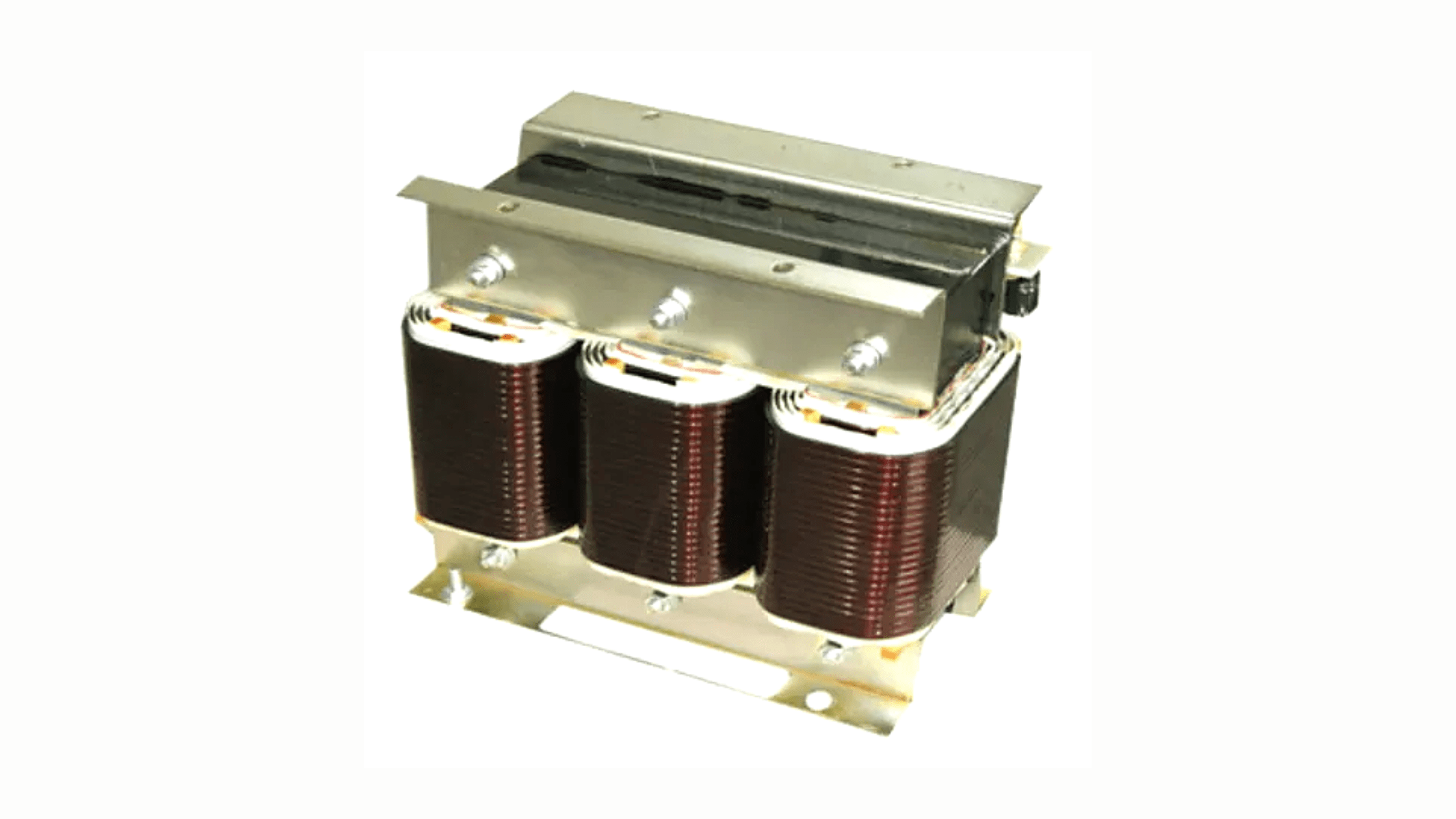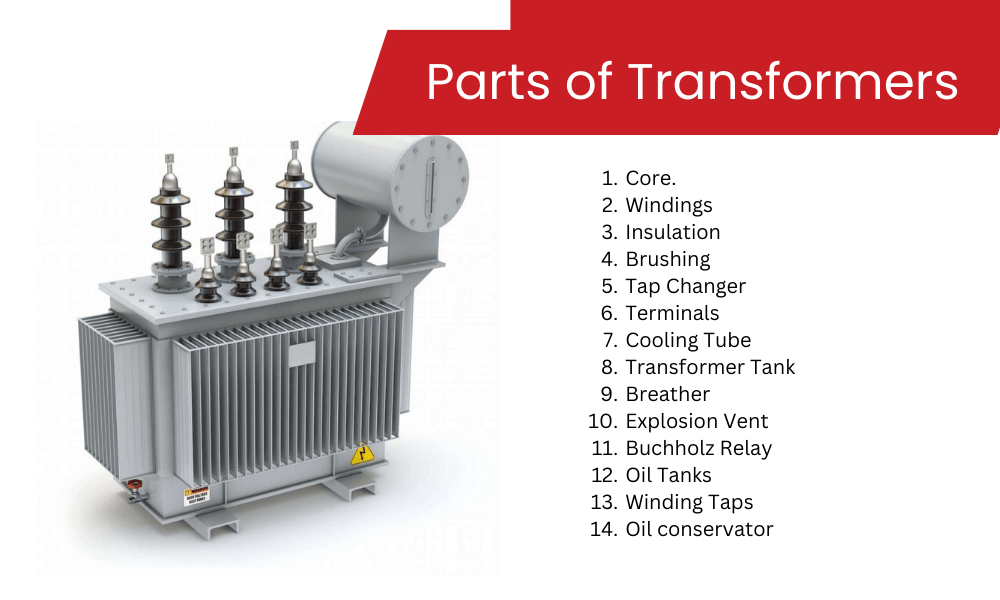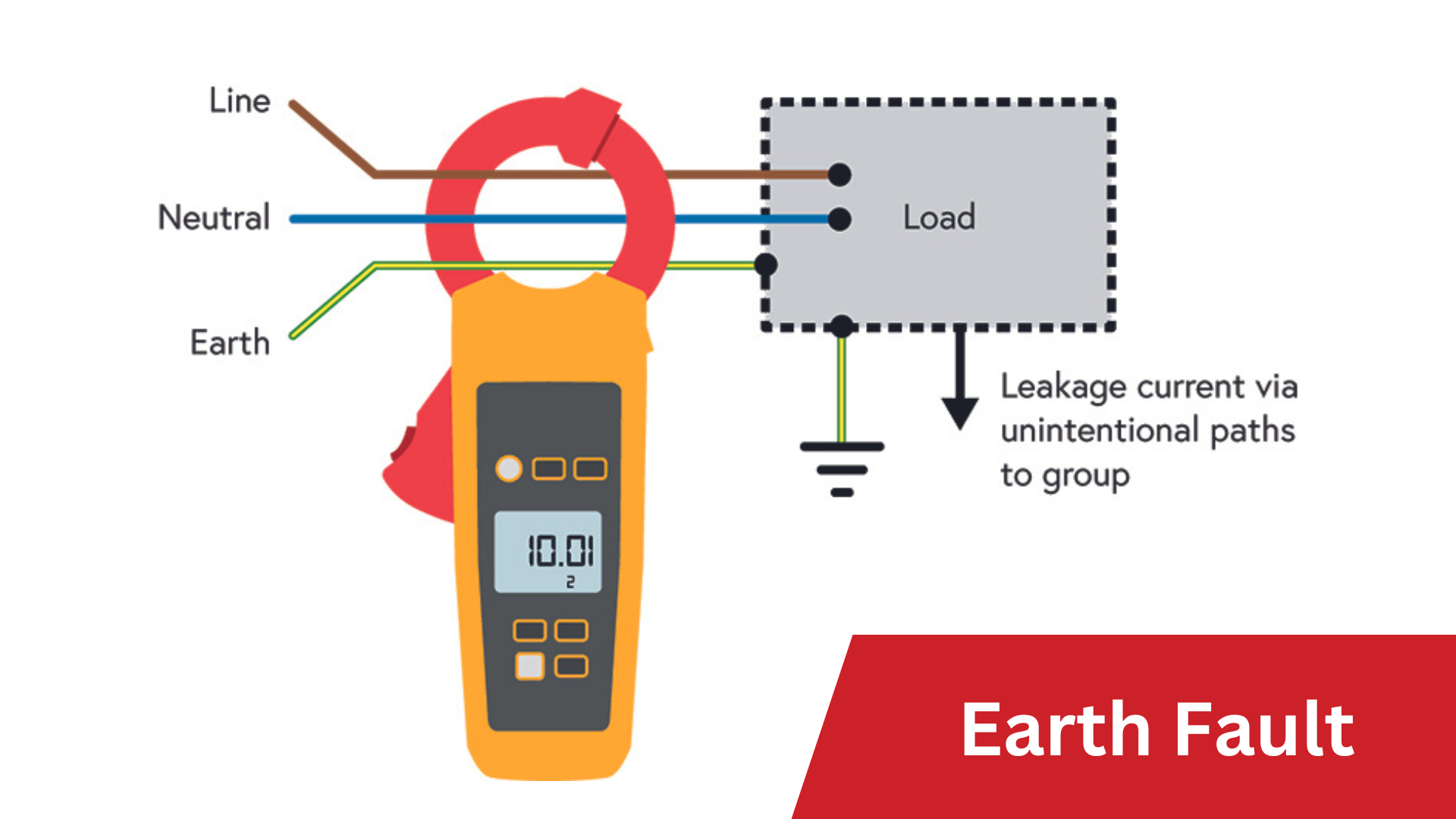Harmonics, noise, and electrical shocks are some of the issues that can occur in power supply systems and must be addressed immediately. Delaying such repairs will exacerbate the problem, causing damage to your equipment and resulting in unnecessary financial problems. This necessitates the use of isolation transformers.
Isolation transformers transfer electricity from an alternating current power source to the device while isolating the device from the source to ensure safety. Isolation transformers, unlike other types of transformers, have an equal number of coils in the primary and secondary windings, resulting in no increase or decrease in voltage levels. Isolation transformers work to ensure a safe power supply by monitoring power consumption and utilisation and ensuring that electrical devices perform well for a long time while providing high safety levels.
What Is a Surge Protection Device?
Surge protective devices (SPDs) are voltage-clamping devices that are not linear. They are installed across lines for protection (in parallel with the equipment) and thus are not required to be rated for line current.
How an SPD Works
Under nominal supply voltage conditions, an SPD is normally in a high impedance state. The transient voltage raises the line voltage to the point where the SPD clamping threshold is reached under transient conditions. The SPD then rapidly transitions into a lower impedance state, diverting excess transient energy (current) to the ground and limiting the transient voltage to a safe level. The SPD automatically resets to a high impedance state after diverting the transient.
Series Filtering SPD
A series filtering SPD enhances the standard SPD by incorporating a low pass and an RFI/EMI filter. This stage of secondary filtering:
- Reduces the rate at which pre-clamped voltage rises.
- Increases the attenuation of the clamped voltage.
- Small signal noise that is below the SPD clamping voltage is reduced.
The surge filter is a connected series of devices that must be rated for the maximum circuit current.
What is an Isolation Transformer?
In general, an isolation transformer is a protective unit used to facilitate the transfer of power from a supply (usually alternating current) to a connected device or machine (output). Inside, a main-insulating component separates the primary and secondary windings. An autotransformer, on the other hand, has connected or shared primary and secondary windings.
An isolation transformer can have a 1:1 turns ratio, which means that the primary (input) and secondary (output) voltages are the same (output). This configuration is useful for protecting connected circuits on the output side, as well as operators, from currents flowing between earth ground and energised conductors.
This transformer type can also be used to step up or step down voltages for compatibility. For example, a 120V primary and 240V isolation transformer is used to convert power from a 120V power source to 240V for compatible equipment on the secondary side.
An isolation transformer differs from a standard transformer in that its primary function is to isolate two different electrical circuits. Simply put, it disconnects the load from its power supply, which can be extremely useful when engineers need to isolate equipment from a power source. These transformers accomplish this while also transferring power from the source to the device.
They have a primary winding and a secondary winding, just like any other transformer. Whereas conventional transformers use electromagnetic induction in the windings to transform current or voltage (AC) from one level to another, the windings on an isolation transformer remain separate, ensuring that faults are not transferred along the stages.
General Purposes of an Isolation Transformer
- Anti-interference: With a Y/ connection, an isolation transformer (delta wye isolation transformer) can prevent some harmonics from being transmitted.
- Impedance transformation: An isolation transformer can increase system impedance, making it easier to use the protection device.
- System voltage stabilisation: When a heavy load of equipment needs to be started, an isolation transformer can help reduce the impact on the system voltage.
- Preventing system grounding: When single-phase grounding occurs on the isolation transformer’s load side, the entire system (above the isolation transformer) is not single-phase grounded.
Main Purpose of Isolation Transformer
The isolation transformer’s primary function is to completely insulate the electricity between the primary and secondary sides while also isolating the circuit. Furthermore, due to the high-frequency loss of its iron core, high-frequency unclean waves will be suppressed as they enter the control loop.
Only in cases where the power supply range is limited, such as short circuits, does the dry type isolation transformer cause the secondary to suspend to ground. The capacitive current of the system to the ground is too small in this case to cause personal electric shock.
Some of the most dependable isolation transformer suppliers offer a wide range of isolation transformers with capacities ranging from 50VA to 2500 kVA, including single phase isolation transformers and three-phase isolation transformers with optional primary and secondary voltages ranging from 120V/ 230V/ 380V/ 440V/ 460V/ 480V, etc., enamelled copper or aluminium wire. There are also 240V to 110V isolation transformers, 120V to 100V isolation transformers, 480V to 480V isolation transformers, and 440V to 220V isolation transformers. Furthermore, the isolation transformer is inexpensive.
How an Isolation Transformer Works
The transformer operates through attenuation rather than non-linear clamping devices. For small signal noise conditions, which are minor transient conditions for which the transformer may offer significantly less attenuation, attenuation is normally quoted in decibels (dB). Each 20dB of attenuation results in a tenfold reduction in noise voltage. As a result, 60dB attenuation equals a 1000% reduction in noise voltage between input and output.
The main advantage of isolation transformers is that they provide input-to-output isolation, allowing the output circuit to be re-grounded and isolated from the input or other ground noise sources. This isolation can also be useful when normal bonding procedures do not provide ground potential rise protection.
Types of Isolation Transformers
There are various types of isolation transformers used in electrical applications. They are as follows:
Mains isolation transformer
This is the most commonly used isolation transformer. It is composed of a primary winding and a secondary winding that are linked in series.
In engineering and maintenance, main isolation transformers are used. They are used to safeguard the electrical system against voltage surges and spikes that can occur in some electrical circuits.
Isolation Transformer, Three Phase: (3PIT)
On a three-phase power system, this type of transformer is used to provide non-isolation between the three phases. It is made up of a primary winding and a secondary winding that is connected in parallel.
It is also abbreviated as “3PIT” or “3PIT”. It is widely used in the aerospace industry to protect the electrical system from voltage surges and spikes that can occur in some electrical circuits.
The Advantages of Using an Isolation Transformers
Instead of squandering your time and money on something that may not meet your expectations, you should thoroughly understand the advantages of using isolation transformers before making a purchase.
Isolation transformers provide equipment with extreme safety
Isolation transformers offer high levels of protection against power outages to various types of electrical appliances. Sudden shocks and voltage fluctuations can damage critical components of the equipment, causing the appliances to malfunction. Isolation transformers protect such equipment by isolating it from the power source. In short, isolation transformers extend the equipment’s qualitative lifespan.
Personnel are protected by isolation transformers
Medical-grade isolation transformers are widely used in medical equipment, such as those found in hospitals and healthcare facilities that use sensitive electrical and electronic equipment for diagnostics and treatments. Sudden shocks and voltage fluctuations can harm the equipment and the doctors, nurses, clients, and other personnel. Isolation transformers prevent such calamities, saving lives.
Surges are reduced by isolation transformers
Although isolation transformers are known to protect appliances and personnel from power surges, they actually prevent such a disaster from occurring. Even if the voltage spikes are only present for a short time, they can severely damage the equipment. Such an occurrence is not permitted by isolation transformers. They isolate the DC power signals, removing the possibility of surge damage to the equipment. In other words, isolation transformers reduce power surges.
Noise is reduced by using isolation transformers
Noise disturbances are visible in audio amplifiers as the signals reach the output circuit of the speakers. Isolation transformers address this issue as well, reducing noise and improving the performance of electrical devices. The transformers are built with components known as Faraday shields, which block the electrical field if the power flow is interrupted. Any electromagnetic noise in the equipment will be reduced as a result.
Harmonics are corrected by isolation transformers
Several industrial machines use electric motors, which cause harmonic voltage distortions and equipment malfunction. Isolation transformers aid in the correction of such harmonics, proving to be invaluable saviours of electric and electronic equipment used in such industrial applications.
Isolation transformers protect against earthing failures
Isolation transformers do not permit the formation of a conductive connection between the earth and the transformer’s secondary end. These transformers avoid earthing failures in this manner.
Power quality is improved by using an isolation transformer
Faraday shields within the transformer block the electrical field, improving efficiency and reducing the possibility of current leakage. This also improves the power supply to the equipment.
Why use Isolation Transformers?
Safety
The most obvious benefit of using an isolation transformer, as with many other electrical devices, is safety. Isolation transformers increase safety and protect critical equipment in high-reliability applications. Costly home appliances, particularly medical equipment, are always at risk of being damaged. Isolation transformers keep a fault from propagating down the line and endangering both staff and patients with electrical shock.
Because the windings in a normal transformer are not isolated from each other, any fault in the device can cause damage to the appliances or machinery connected to the transformer output. People are also at risk of receiving electrical shocks. Normal transformers’ limitations are overcome by isolation transformers.
Providing an insulation barrier between the primary and secondary windings improves safety. This barrier separates the powered devices from the source of electricity. As a result, the principle of electromagnetic induction prevents direct current flow between the sections while allowing energy flow. Transformers, as is well known, allow only AC components to pass through them while blocking DC.
These properties of isolation transformers make them useful for protecting medical equipment, expensive appliances, and so on, as well as providing better user safety.
Noise
Noise reduction is also achieved with isolation transformers. Their intelligent design filters noise naturally, and they use shields to prevent electrical fields from interfering with power flow. Although some noise from running electrical equipment remains, there is less electromagnetic noise.
Surge Protection
These transformers can also be used to mitigate the possibility of power surges. Because the direct current (DC) signals from the power source are isolated (as previously explained), the downstream electrical equipment can operate without fear of a surge.
Power Quality Improvements
Finally, isolation transformers improve the quality of power. The same Faraday shields that reduce noise improve system efficiency by reducing current leakage. As a result, electrical devices can operate at a high level.
Furthermore, isolation transformers are well suited for high-frequency operations as well as high-voltage isolation. It also reduces the possibility of current leakage, resulting in higher-quality output power. This feature of isolation transformers aids in the efficient operation of the devices to which they are connected.
Isolation transformers are ideal for use in a variety of applications due to their numerous advantages. The following are some of the applications for isolation transformers.
- Isolation transformers of small size are used in pulse circuits to provide isolation.
- Telephone lines – At regular intervals, telephone lines require amplifiers. The isolation transformers’ DC filtering property is used to control the amplifiers.
- Medical equipment – Medical equipment frequently involves intricate circuitry that necessitates high-quality power and low noise levels for reliable operation. They must also ensure a high level of safety; any flaw must not disrupt the power supply. It must instead issue a warning. As a result, isolation transformers are commonly used to power electrical devices in the medical field.
- Elevated potential devices – Isolation transformers are ideal for supplying power to non-ground potential devices. As a result, they can be used efficiently and safely.
- Testing and servicing – Due to the possibility of electrical shocks, testing and servicing of live circuitry is dangerous. Isolation transformers eliminate the possibility of electrical shocks by removing a conductive connection between the transformer output and the ground. A live circuit may contain dangerous levels of voltage; working with such circuits without isolation transformers is extremely dangerous for those testing or servicing them.
SPDs vs. Isolation Transformers
Finally, the protection provided by isolation transformers and SPDs combined with low-pass filters overlaps. However, the SPD is superior for most industrial protection applications due to its overall performance, size, weight, and cost. The smaller and lighter SPD offers superior protection against differential mode transients and adequate protection for an estimated 85% to 90% of noise problems in industries. As a result, it is most installers’ first low-cost choice for protecting sensitive electronic industrial equipment, such as a programmable logic controller (PLC).
Isolation transformers remain the best solution for the small number of sites with electrically noisy grounds or that require isolation. However, an SPD filter may be required to provide effective differential mode transient protection.
Isolation transformer application areas
Now that you understand what isolation transformers are and how they work let’s look at some of the applications for them.
Hospitals
Why are isolation transformers used in hospitals? The reason for this is that when medical devices are exposed to high voltage, it can be dangerous. This is why medical-grade isolation transformers are used in hospitals.
Power Source with a High Voltage
Industries and power plants use high-voltage power supplies. This is due to the fact that high voltage can be hazardous in the workplace. As a result, high-voltage power supplies are typically isolated from other equipment by means of an isolation transformer.
Industry of Oil and Gas
Isolation transformers are also used in the oil and gas industry to separate the incoming supply from the outgoing supply of oil or gas that is transferred via pipelines or onshore facilities.
Pipeline Business
Isolation transformers are also used in the pipeline industry to protect pipelines from electrical hazards such as lightning strikes, fire, and other electrical hazards.
Protection from lightning
Isolation transformers are used in the lightning protection industry to protect equipment from direct electrical contact with lightning. This is due to the fact that lightning can damage sensitive electrical equipment and injure workers who work on it. As a result, lightning protection companies use isolation transformers to protect their equipment from lightning strikes.
Industry of Power Supply
Isolation transformers are also used in the power supply industry to provide power that is designed for a specific voltage level. This is done to protect the power supply from voltage fluctuations in either the incoming or outgoing supply of electricity.




